40 years after leading the descendants of Jacob out of Egypt, Moses died. Joshua then assumed leadership of the Israelite people. At this point, the Israelites were camped to the east of the Jordan river at a site known as Shittim. Six years later, after a successful conquest of key sites in the land of Canaan, Joshua would gather the people to their new capital, Shiloh. There they would divide up the land among the twelve tribes of Israel.
The following article is a summary of “Shittim to Shiloh” by Scott Stripling, and of the surrounding discussion and research pertaining to it. The views expressed do not necessarily reflect those of New Creation.
In a forthcoming article, Scott Stripling follows the trail of the Israelite conquest from Shittim to Shiloh.1 Stripling, an experienced archaeologist, has excavated multiple conquest sites including both Shittim and Shiloh.
Shittim
Egeria, a Spanish pilgrim from the fourth century AD, associated Shittim with the Roman/Byzantine city of Livias. Today, the archaeological site Tall al-Hammam represents both Livias and Shittim.2
In 2005, Steven Collins launched an archaeological excavation of the site. He discovered that when the Israelites arrived, it lay unoccupied. Five local springs provided ample drinking water, making it an ideal place for the Israelites to camp.
From Shittim to Gilgal
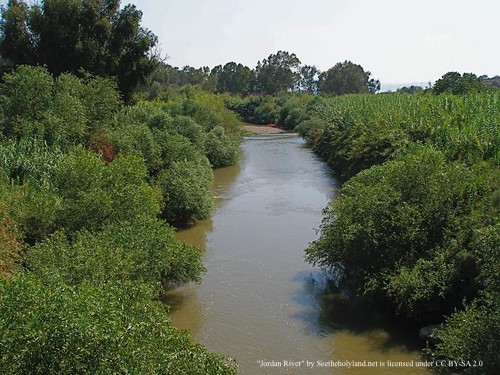
The Israelites broke camp at Shittim and crossed the Jordan river. Here, God miraculously parted the Jordan for them in an act reminiscent of the Red Sea crossing. They then set up camp at Gilgal, where they kept the Passover.
Scholars do not agree on the location of Gilgal. There are numerous candidates, and it is possible that multiple sites bore the name. One candidate site, Bedhat esh-Sha’ab, is shaped like a footprint. The earliest pottery from the site dates to the Late Bronze Age, the period of the Israelite conquest. A series of mounds northeast of Jericho is also a possible location for Gilgal; it matches historical references to the site on the Madaba Map and in the writings of Josephus.
From Gilgal to Jericho
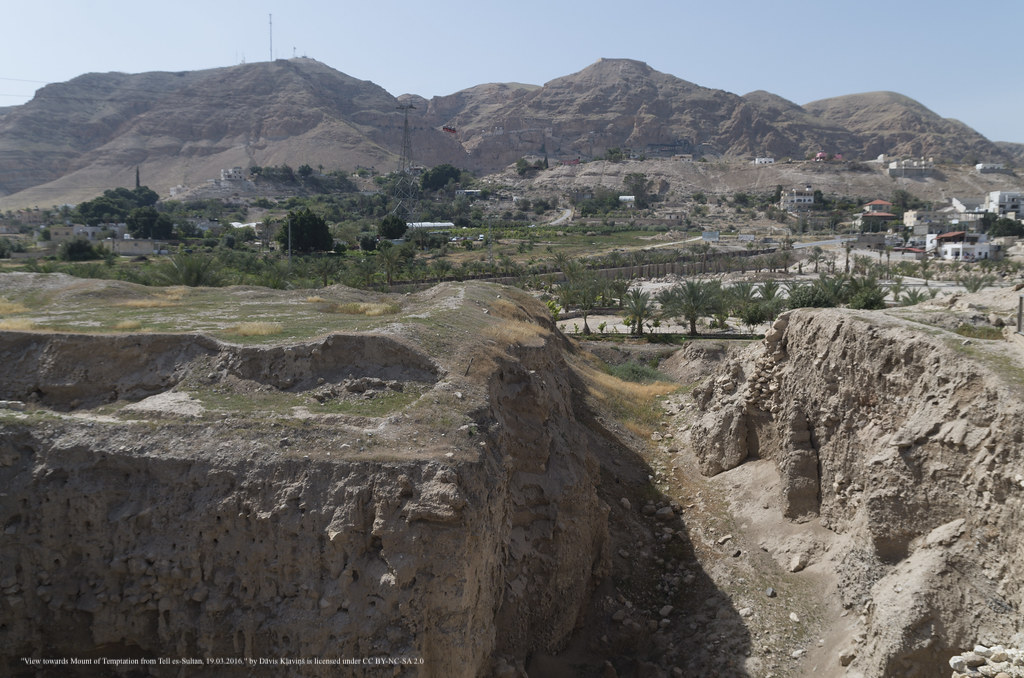
Jericho, the first site of Joshua’s conquest, was heavily fortified with well-built walls. It had already stood for several hundred years by the time that the Israelites arrived. The archaeological site marking the ancient site of Jericho is known as Tell es-Sultan. Multiple archaeological excavations have occurred at the site between 1907 and 2015.
John Garstang and his protégé, Kathleen Kenyon, both conducted excavations at the site. Garstang concluded that the site suffered a destruction around 1400 BC, the very date of the Israelite conquest. Kenyon, on the other hand, dated the destruction layer to 150 years earlier, in 1550 BC. According to her calculations, the site lay abandoned when Joshua arrived.
Bryant Wood3 (1990) conducted a thorough analysis of Garstang and Kenyon’s findings. He demonstrated that the evidence supported Garstang’s view, and that Kenyon’s conclusions were flawed. Evidence for a destruction of Jericho at the time of Joshua’s conquest includes imported and local pottery dating to the time of the conquest and scarabs representing Egyptian pharaohs from the same timeframe.
Kenyon supported her conclusions with carbon 14 dating. Recent evidence from multiple archaeological sites demonstrate that carbon 14 dates prior to 1400 BC can differ from other dating metrics by over a century. Therefore, Kenyon’s carbon 14 dates are unlikely to be accurate. Additionally, the carbon 14 testing was of wood samples; it only provided a date for the harvesting of the tree, not for the destruction of the beam. Since wood beams can survive for hundreds or even thousands of years, these dates are not helpful in dating the destruction of the city. For these reasons, it seems clear that Jericho was destroyed around 1400 BC, at the time of Joshua’s conquest, just as the Bible records it.
From Jericho to Ai
The next city that the Israelites targeted in the conquest of Canaan was Ai. This site likely served as a border fortress for the city-state of Jerusalem. Associates for Biblical Research (ABR) spent 37 years searching for Joshua’s Ai. Excavations at et-Tell, the site traditionally associated with Ai, yielded no remains from the time of Joshua. David Livingston led ABR’s excavation at Khirbet Nysia, which did not yield evidence of the fortress of Ai.
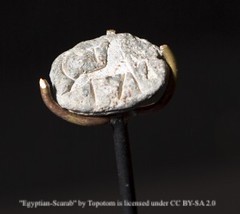
Wood took up the search, and led the ABR team in excavating at Khirbet el-Maqatir. Stripling directed the excavation in its final three years. The excavation at Khirbet el-Maqatir revealed a site that suffered a fiery destruction around 1400 BC. The gate at the site faced north as described in Joshua 8:11. A scarab from the site also dated to the reign of Amenhotep II, the likely pharaoh of the Exodus. A decapitated idol head suggests that the invading force represented a people group concerned with religious purity. This fits the Israelite conquest. Finally, the discovery of an infant burial demonstrated that the site was occupied by women as well as men, as described in Joshua 8:25.
From Ai to Shechem
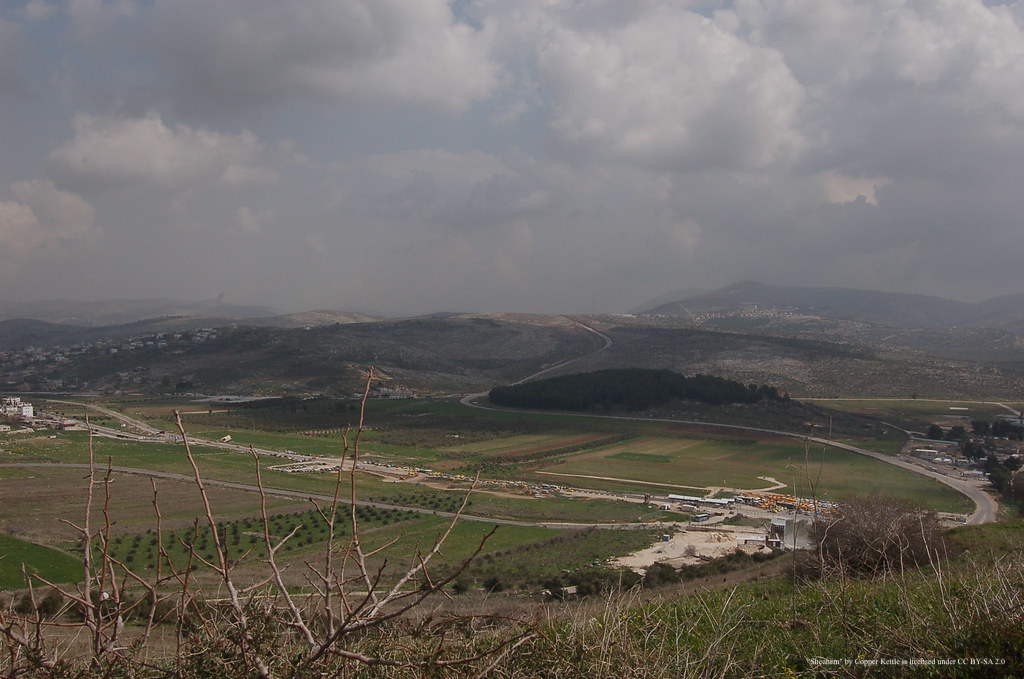
Having gained a foothold in the land, the Israelites turned northward. Near Shechem, they held a dedication ceremony, fulfilling Moses’ instructions. Six of the twelve tribes stood on Mount Gerizim to pronounce blessings on those who obeyed God’s law. The other six tribes stood on Mount Ebal to pronounce curses on the disobedient.
As per Moses’ instructions, Joshua built an altar on Mount Ebal. Adam Zertal excavated this site and discovered a large rectangular altar. Beneath the center of the altar, he uncovered a smaller round altar. Although Zertal dated both altars to the 13th century BC, the evidence suggests that the round altar was constructed earlier. In fact, the earliest pottery from the site dates to the very time that Joshua built an altar there. Therefore, it seems likely that Joshua constructed the round altar discovered by Zertal. Perhaps the Israelites continued to venerate the site and later built the rectangular altar over top of the round altar.
From Shechem to Jerusalem
From Shechem, the Israelites turned in a southerly direction. The Gibeonites tricked Joshua into signing a treaty with them. They then called upon the Israelites to defend them from a coalition of kings led by the king of Jerusalem.
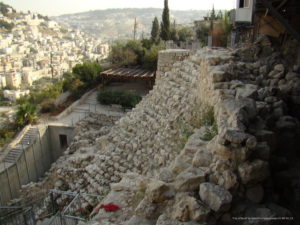
It appears that Jerusalem changed hands, possibly multiple times throughout its history. Joshua conquered it from the Amorites, but later it fell under the control of the Jebusites. Later yet, King David conquered Jerusalem, taking it from the Jebusites, and made it the capital of Israel (2 Samuel 5:6–9).
The archaeological site of el-Jib represents the ruins of ancient Gibeon. Excavations at the site have uncovered remains from the time of Joshua, as well the Pool of Gibeon (2 Sam 2:13) dating to a later period.
Joshua defeated the five kings, adding Jerusalem, Hebron, Jarmuth, Lachish, and Eglon to their list of conquered cities. By the time the Israelites finished the southern campaign, they had also conquered Makkedah, Libnah, Gezer, and Debir.
From Jerusalem to Hazor
After subduing the southern part of Canaan, Joshua turned to the north. Hazor was the most prominent northern city in the region. It was well situated to control trade and military activity. Joshua 11:10 refers to it as “the head of all these kingdoms.”
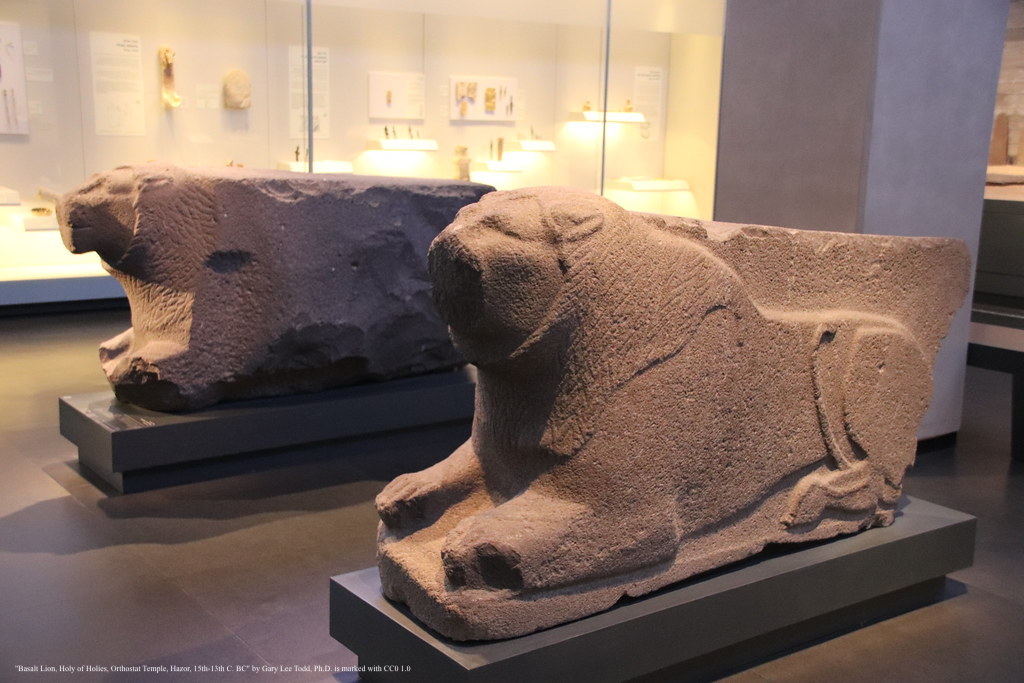
Excavations at Hazor have revealed two major destruction layers. The older of the two dates to the 15th century BC, matching the timeframe of Joshua’s conquest. The more recent destruction dates to the 13th century BC. Deborah and Barak (Judges 4:24) may be responsible for this destruction. The conqueror could also have been Pharaoh Merneptah, who claimed to have wreaked havoc in Canaan in the 13th century BC.
Although the Israelites conducted an extensive military campaign, the Bible only records that they burned three cities: Jericho, Ai, and Hazor. The other cities remained standing in order that the Israelites might live in them. Moses had promised the Israelites that they would live in houses that they had not built (Deut 6:11). Also, in Psalm 78:55, Asaph recalled that God had settled the Israelites in the homes of those who had previously lived there.
From Hazor to Shiloh
After completing the northern campaign, the Israelites gathered at Shiloh and set up the tabernacle there. Shiloh was inhabited at the time of the Israelites’ arrival, but there is no record of a battle there. Shiloh may have belonged to the Shechem city-state. It appears that the Israelites were on peaceful terms with Shechem, since they had already conducted their dedication ceremony there. In fact, the Amarna Letters suggest that Shechem’s ruler made an alliance with the Habiru, which is likely a reference to the Hebrews, also known as the Israelites.
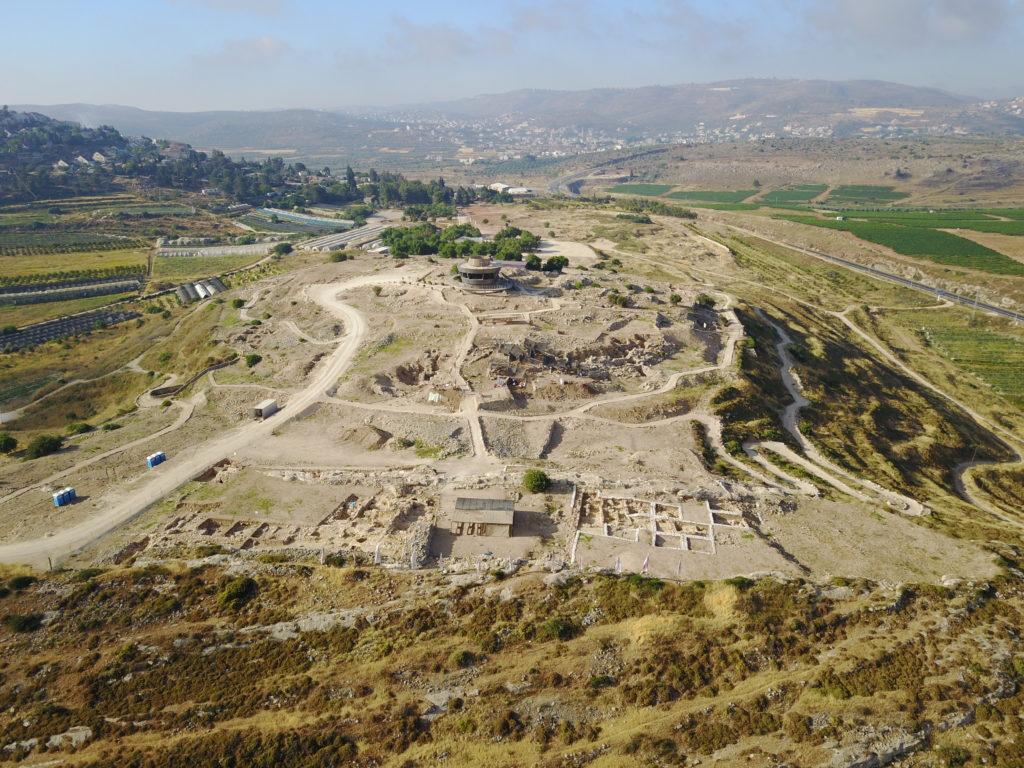
In 2017, an ABR team led by Stripling began excavating at Shiloh. Parts of the site had previously been excavated by a Danish team and a team from Bar Ilan University.
Clear evidence has emerged of an Israelite religious system at the site. This evidence includes a bone deposit of sacrificial animals including sheep, goats, and cattle. Pig bones were absent, matching the Biblical prohibition against pork. The pottery from the bone deposit dates to the very time of Joshua’s arrival at Shiloh. Other evidence includes a ceramic pomegranate and altar horns. The pomegranate was associated with Israelite worship. The high priest was to have yarn pomegranates hanging from the hem of his garment, and Solomon used pomegranates as a decorative motif in the first temple. Altar horns were placed on the corners of altars as instructed in Exodus 27:2. Finding these horns in the excavation confirms that the Israelites were sacrificing at Shiloh as recorded in the Bible.
Conclusion
During the six years between the Israelites’ departure from Shittim and their arrival at Shiloh, they conducted an extensive military campaign against the polytheistic Canaanites. Archaeological finds at many of the sites mentioned in the books of Joshua and Judges support the biblical account of the conquest.
Footnotes
- Stripling, Scott (Forthcoming). “Shittim to Shiloh,” In Joshua’s Conquest of Canaan. Eugene: Wipf and Stock. ↩︎
- Graves, David, and Scott Stripling (2011). “Re-examination of the Location For the Ancient City of Livias.” Levant 43:2, 178–200. ↩︎
- Wood, Bryant (1990). “Did the Israelites Conquer Jericho? A New Look at the Archaeological Evidence.” Biblical Archaeology Review 16:2, 44–59. ↩︎

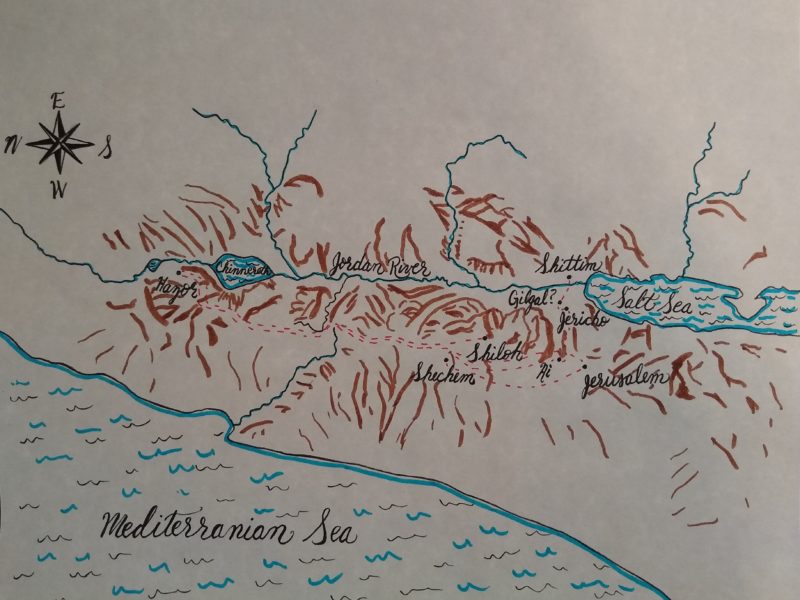
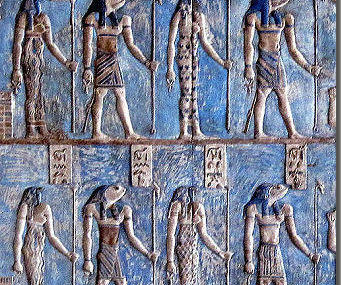
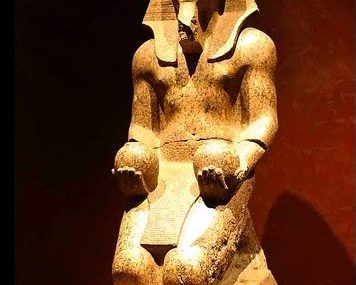
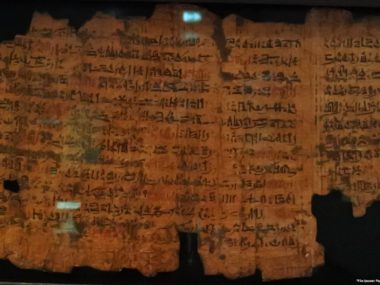
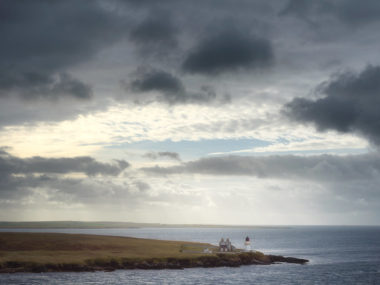
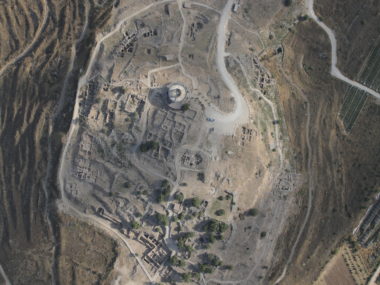
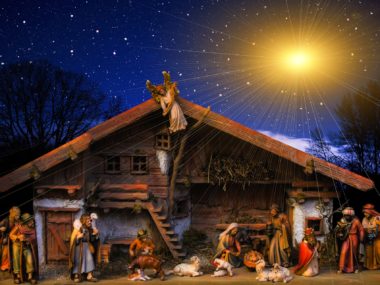




I am a 40 year old father of 8 with five of them being daughters. Your an inspiration to me and them. Great work. May God continue to bless you in it.
Thank you so much!